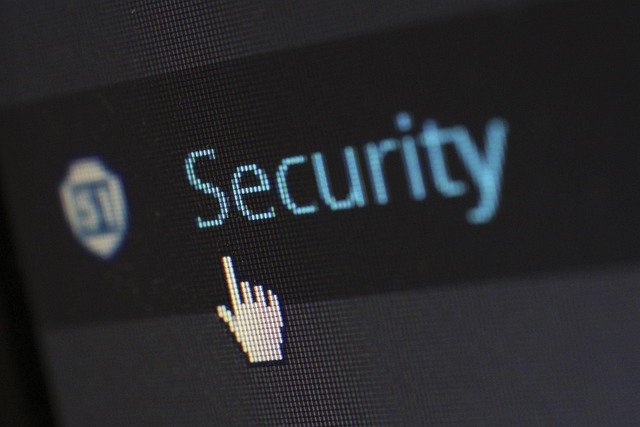Identity Theft: Protecting Yourself in a Digital World
Identity theft steals more than money — it steals time, trust and often mental energy. In today’s interconnected landscape, thieves use phishing, data breaches, social engineering and malware to impersonate people and access accounts. Understanding how identity theft works, how cybersecurity and digital security intersect, and how your computer and everyday technology can be hardened will help you reduce risk. This article explains common attack methods, practical defenses, and what to do if your identity is compromised, including a note about relying on online services that may sometimes be unavailable.

What is cybersecurity and why it matters?
Cybersecurity is the practice of protecting systems, networks and data from digital attacks. It matters because personal information drives many identity theft schemes: login credentials, Social Security numbers, financial records and even shopping histories can be reused by criminals. Good cybersecurity combines technical measures (like encryption and secure architectures) with human behaviors (strong passwords, awareness training). For individuals, treating cybersecurity as part of daily life — not an optional upgrade — reduces exposure to scams that target people rather than just computers.
How does identity theft happen?
Identity theft often begins with data exposure or manipulation. Attackers may harvest information through data breaches, trick victims with phishing emails or SMS, or install malware on a computer to log keystrokes. Social engineering — persuading someone to divulge personal details — remains a major factor. Once an attacker has identifying data, they can open accounts, file false tax returns, access existing finances, or resell information on underground markets. Recognizing the variety of tactics helps you spot suspicious messages, unexpected account activity, and requests for personal data.
Practical digital security steps to take
Start with strong, unique passwords and a reputable password manager to avoid reuse across accounts. Enable multi-factor authentication (MFA) wherever possible to add a second barrier. Regularly review credit reports and account statements for unfamiliar activity, and set up alerts for new credit inquiries or large transactions. Be cautious with public Wi-Fi and use a trustworthy VPN for added privacy on untrusted networks. Finally, limit how much personal data you share on social media and with apps, and periodically remove old accounts that you no longer use.
Securing your computer: tools and habits
A secure computer is a frontline defense against identity theft. Keep your operating system and applications updated to patch vulnerabilities. Use reputable antivirus or endpoint protection, enable firewalls, and keep backups of important files on encrypted external drives or trusted cloud services. Beware of downloading unknown software or clicking on attachments in unsolicited emails. Regularly run scans, audit installed programs, and adopt a least-privilege approach — use non-administrator accounts for daily tasks to reduce the impact of potential malware.
How technology and service reliability affect you
Many identity protection strategies rely on third-party technology and services — banks, credit bureaus, identity monitoring platforms, and cloud providers. Service outages or failures can affect your ability to respond quickly. For example, you might encounter messages such as: An error occurred during Api requesting: Service Unavailable: when attempting to access an online tool. That kind of downtime highlights the importance of keeping offline records (contacts, account numbers), having a list of recovery steps, and not depending solely on a single vendor. Diversify protections, know emergency phone numbers, and keep copies of critical documents in secure offline locations.
Responding after identity theft occurs
If you suspect identity theft, act promptly. Freeze or fraud-alert your credit reports, change passwords and enable MFA, and contact financial institutions about suspicious transactions. Report the theft to relevant authorities (local law enforcement and any national fraud reporting services in your country). Keep detailed notes of communications and timelines. Consider identity monitoring services for a period if you can, but be aware they may also have service interruptions; maintain personal logs and local backups so you can continue remediation without full reliance on an online tool.
Conclusion
Identity theft is a persistent risk in a technology-driven world, but practical steps make a big difference. Strengthen cybersecurity habits, apply digital security measures, secure your computer, and plan for the occasional service outage. By combining technical protections with cautious behaviors and preparedness, you reduce the chance that your personal information will be stolen or abused, and you improve your ability to recover if it happens.






